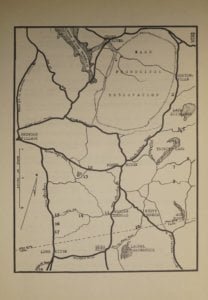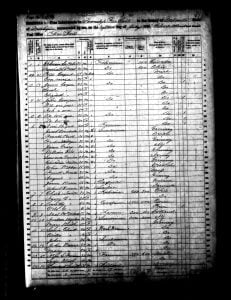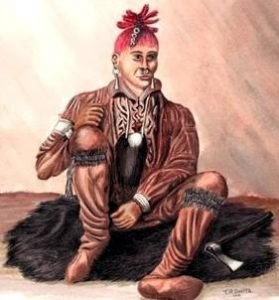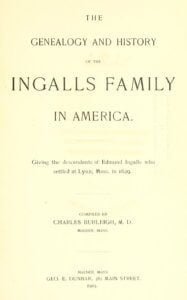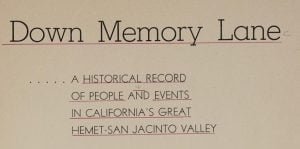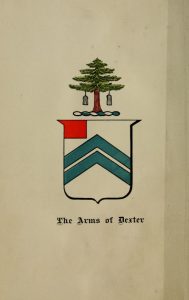Biographical Sketch of George Marshall Crawford
George Marshall Crawford, the only son of Governor Crawford, was born at Emporia, Kansas, July 10, 1872, and for a number of years has been a prominent newspaper man and publisher at Topeka. His education came from the public schools of Topeka and the preparatory department at Washburn College, and in 1894 he graduated A. B. from Yale University. For three years he was a reporter on the Topeka Capital, but since September, 1897, has been manager of the Mail Printing Honse, in which he is a partner. Mr. Crawford is an active republican, an eighteen degree Scottish Rite Mason, … Read more

